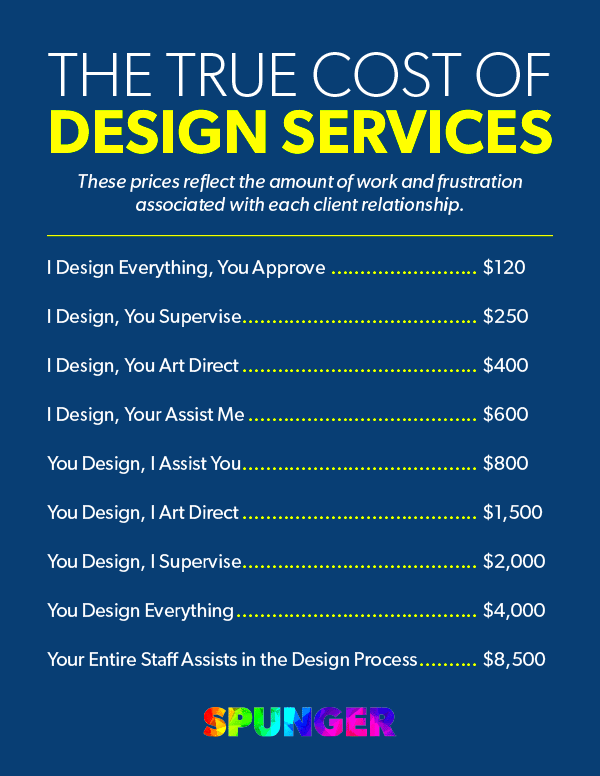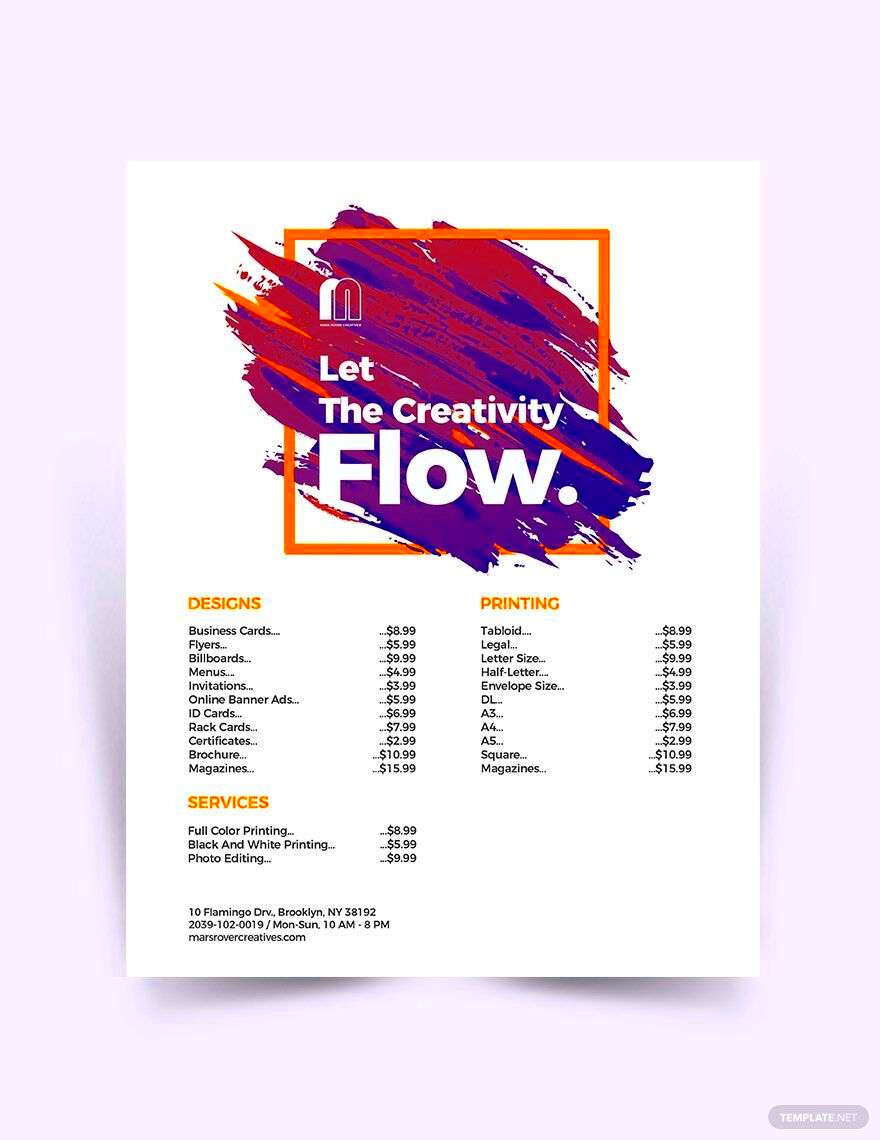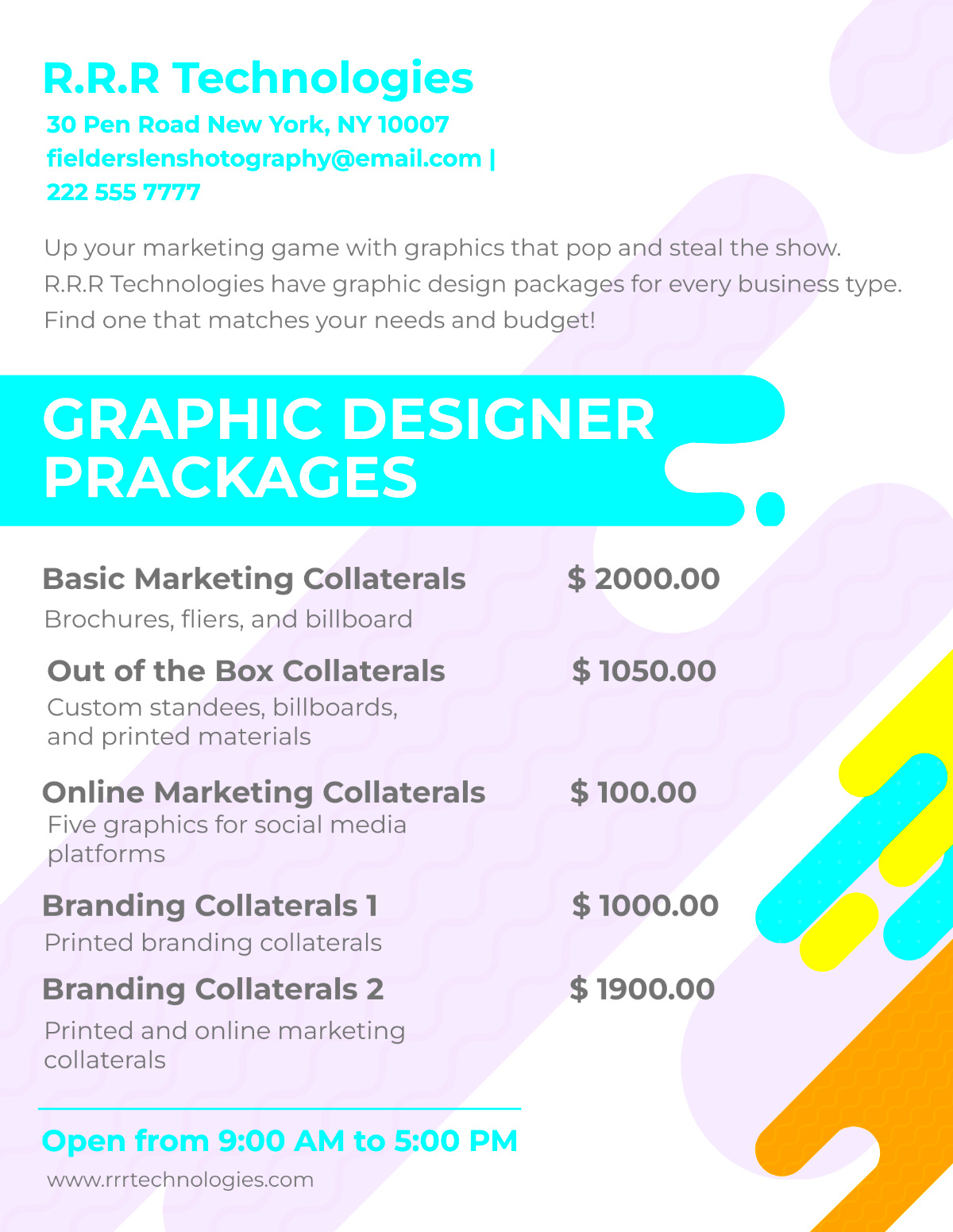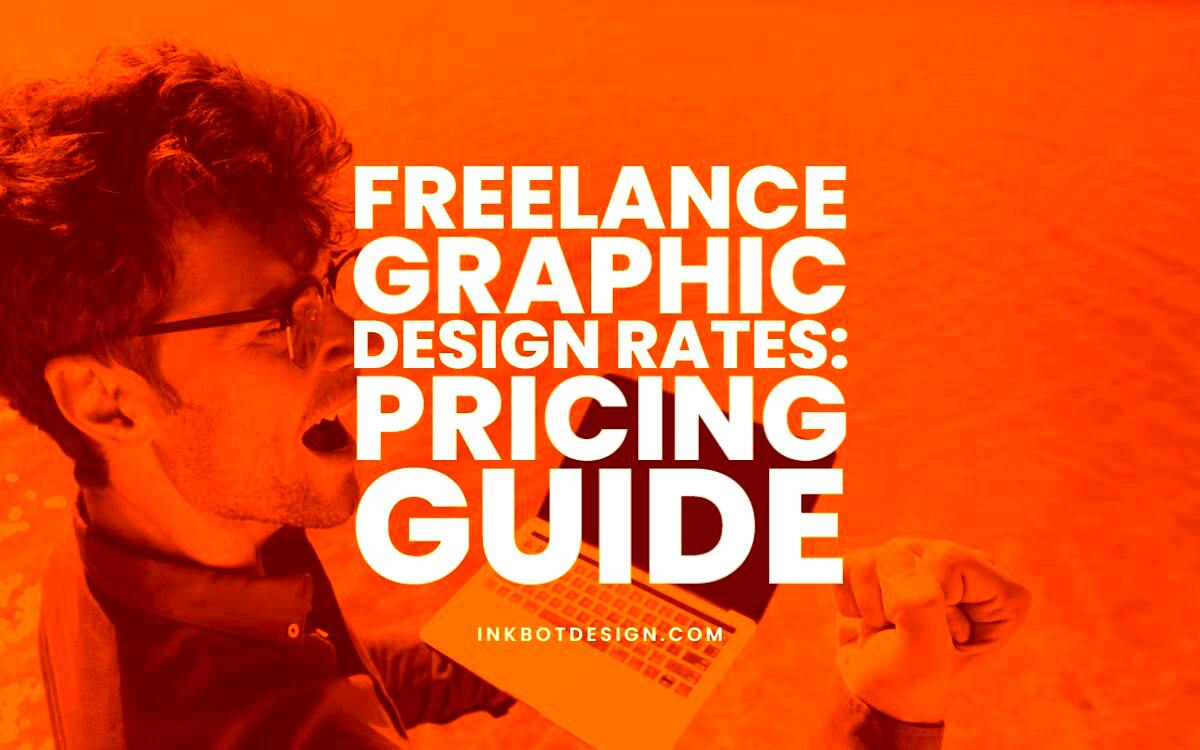As a freelance designer, pricing your services correctly is of utmost importance. Your competencies and background are reflected in your rates while they also determine how clients rate you. Setting prices that are too low will make you popular among individuals who will never value your artistry, whereas if it’s set at an exorbitant rate, prospective customers would balk at such pricing.
For this reason, achieving equilibrium is vital for business growth.
In addition, good pricing enables optimal time and resource allocation. If you appreciate the significance of pricing it would be easier for you to know how much your creativity and quality are worth in any of your projects.
Factors That Influence Freelance Design Pricing

A lot of different variables that influence the amount of money one should charge for their designing services are present. The following are some key factors:
- Experience: More experienced designers typically charge higher rates due to their established reputation and refined skills.
- Complexity of the Project: A simple logo design will generally cost less than a comprehensive branding project.
- Client Budget: Understanding what your clients can afford can help tailor your pricing to their needs.
- Market Demand: If there’s high demand for specific design services, you might be able to charge more.
- Your Location: Pricing can vary widely based on geographical location, as living costs differ.
Also Read This: How to Increase Fiverr Gig Traffic
Common Pricing Models for Freelance Design Services

Freelancers frequently employ various pricing frameworks, and each has its benefits. Here are the most commonly used ones:
| Pricing Model | Description | Best For |
|---|---|---|
| Hourly Rate | Charging based on the hours worked. | Short projects with unclear scope. |
| Project-Based Fee | A flat fee for the entire project. | Clearly defined projects. |
| Retainer Fee | Ongoing work for a set monthly fee. | Clients needing regular services. |
| Value-Based Pricing | Pricing based on the value delivered to the client. | High-impact projects. |
Picking model is determined by the way you work and what kind of job you have at hand, thus; avoid ambiguity as far as fees are concerned, so that your customers do not have a problem with you.
Also Read This: How to Sell on Fiverr Without Skills
How to Determine Your Own Freelance Design Rates

Being confused about what to charge for your freelance designs can be a common situation. Nevertheless, it is crucial to charge appropriately if you want to have a business that lasts long. Begin by judging your talents, experience and the worth you provide to customers. Here is a step-by-step method that can assist you arrive at your perfect rate:
- Research the Market: Look at what other designers in your niche and region charge. Websites like Fiverr and Upwork can give you a good sense of market rates.
- Calculate Your Expenses: Factor in your monthly expenses, including software, tools, and living costs. This ensures your rates cover your basic needs.
- Assess Your Experience: If you have several years of experience and a solid portfolio, don’t be afraid to charge more than a beginner.
- Consider Your Niche: Specializing in a particular design field, like UX or branding, can allow you to command higher rates.
- Set Your Goals: Think about how much you want to earn each month. This can guide your pricing structure.
By executing these actions, one can identify an amount that captures their prowess and market trends while ensuring competitiveness.
Also Read This: What Freelance Data Scientists Typically Earn
Adjusting Your Prices Based on Experience and Skill Level
Your conclusion needs to take into account the fact that promises become less expensive once they are fulfilled. Growth in skills and experience will eventually lead to a change in pricing strategy. There is therefore the need for designers to keep on reviewing their costs by going back to them with new insights as their careers progress. Some of the points to keep in mind include:
- Experience Growth: As you complete more projects, your confidence and skills will grow. Don’t hesitate to increase your rates as you gain more experience.
- Skill Development: If you take courses or learn new design software, these new skills can justify a higher price point.
- Client Feedback: Positive feedback from clients can enhance your credibility. Use testimonials and successful projects to support your price increases.
- Industry Trends: Stay updated on design trends and technology. Adapting your skills to current demands can allow you to charge more.
- Market Changes: If the demand for design services increases, you may need to adjust your prices accordingly to stay competitive.
This ensures that you get fairly compensated for your work by regularly reviewing and adjusting prices based on how you’ve grown.
Also Read This: Do You Need a Profile Picture on Fiverr?
Tips for Communicating Your Pricing to Clients
Delivering cost messages to customers often proves challenging; however, lucid communication is very vital for a productive working rapport. Helpful suggestions include the following:
- Be Transparent: Clearly outline your pricing structure, whether it’s hourly rates or project-based fees. Transparency builds trust.
- Explain Your Value: Help clients understand what they’re paying for by highlighting your skills, experience, and the benefits of your work.
- Provide Detailed Proposals: When discussing pricing, present a detailed proposal that breaks down the costs and what they include. This helps clients see the value in your pricing.
- Be Open to Negotiation: Some clients may want to discuss pricing. Be prepared to negotiate, but know your bottom line and stick to it.
- Use Testimonials: Share positive feedback from previous clients to reinforce your pricing and showcase your quality.
If you want clients to see the value in your work and enjoy an easy journey across the project, communicate pricing effectively.
Also Read This: Is Fiverr Still Alive? A Comprehensive Look at the Freelance Marketplace
Frequently Asked Questions About Freelance Design Pricing
Grasping the nuances of price in freelancing design proves to be a challenge even among the most knowledgeable designers, let alone amateurs. The following are some commonly raised queries aimed at alleviating common issues among them.
What is the average hourly rate for freelance designers?
The average hourly rate varies widely based on experience, location, and specialization. Typically, rates can range from $25 to $150 per hour. Researching your market can give you a better idea of what to charge.
How do I handle clients who want to negotiate my rates?
Clients negotiating is usual and it is therefore important that you have an idea of what your minimum acceptable rate would be. In the event that a client’s budget falls below the minimum base amount charged by you, then one can look at project scope alterations or give them reductions when they stay for long term jobs.
Should I charge more for rush projects?
Indeed, it’s usual behaviour to raise the fees for urgent orders. Therefore, in order to cover up the extra stress and speed that accompany accomplishing any piece of work within a narrow post, you could introduce a hurry charge.
Charging more for rush projects is common practice, which should be kept in mind. A rush fee can also be introduced due to the added strain and necessity associated with finishing a task within a limited amount of time.
How do I justify my pricing to clients?
Communicating the worth which you offer to your clients is what entails justifying your rates. Mentioning your qualifications, distinctive abilities and accomplishment records will truly help you support this type of thing. Additionally, client recommendations can contribute significantly toward enhancing your reliability.
Is it okay to increase my rates over time?
Completely! When you become more proficient, have improved expertise and a better portfolio, it is not just okay but also advisable to charge higher fees in order to reflect your development and worth in the market.
Conclusion on Freelance Design Pricing
To sum up, as a freelancer it is important to set and communicate your design prices in an efficient way as this will help you cultivate a successful career. In this way, one can guarantee that one’s rate is fair and maintain good relationship with clients by being acquainted with the variables that influence the price that one can charge and patient self-evaluation of their worth.




